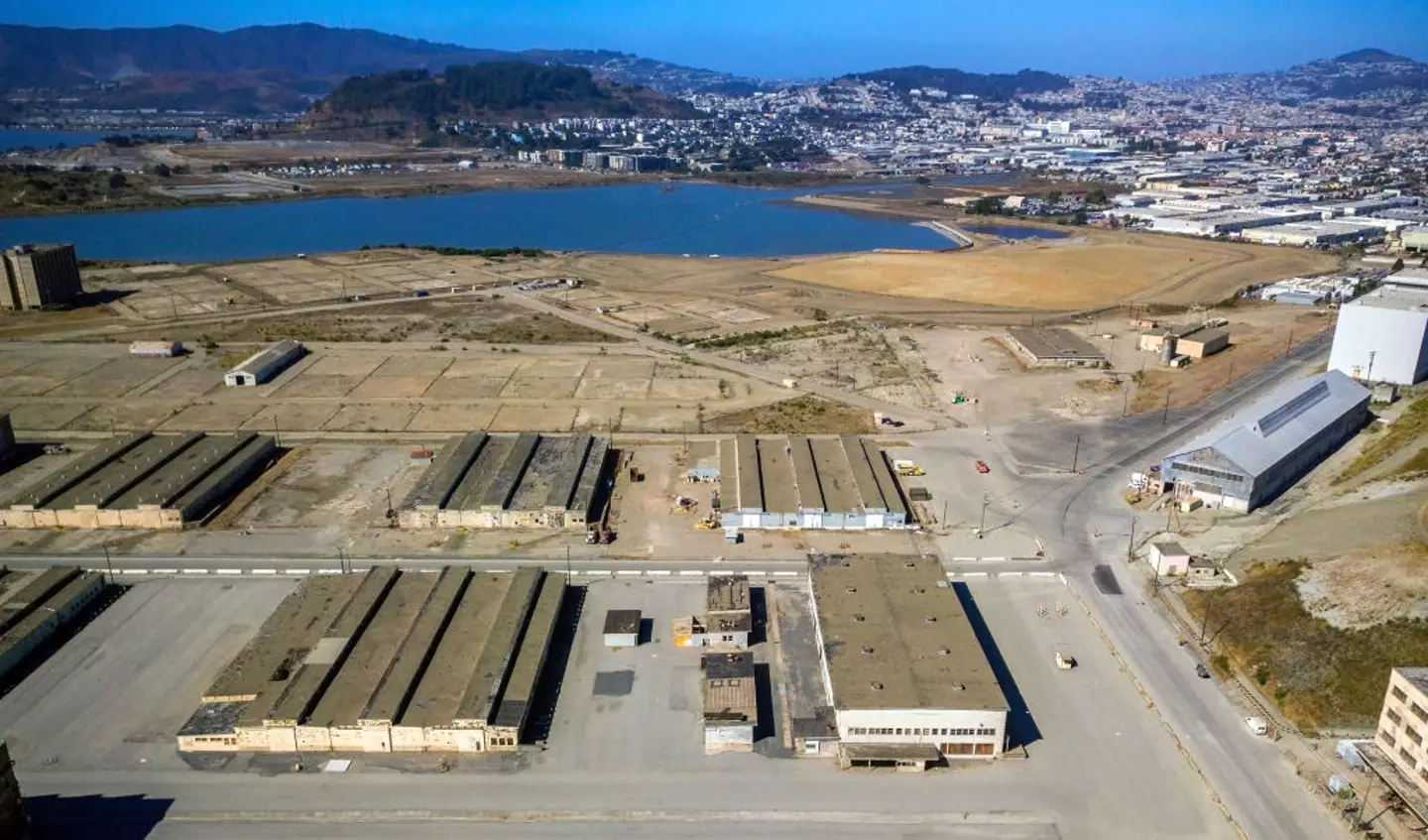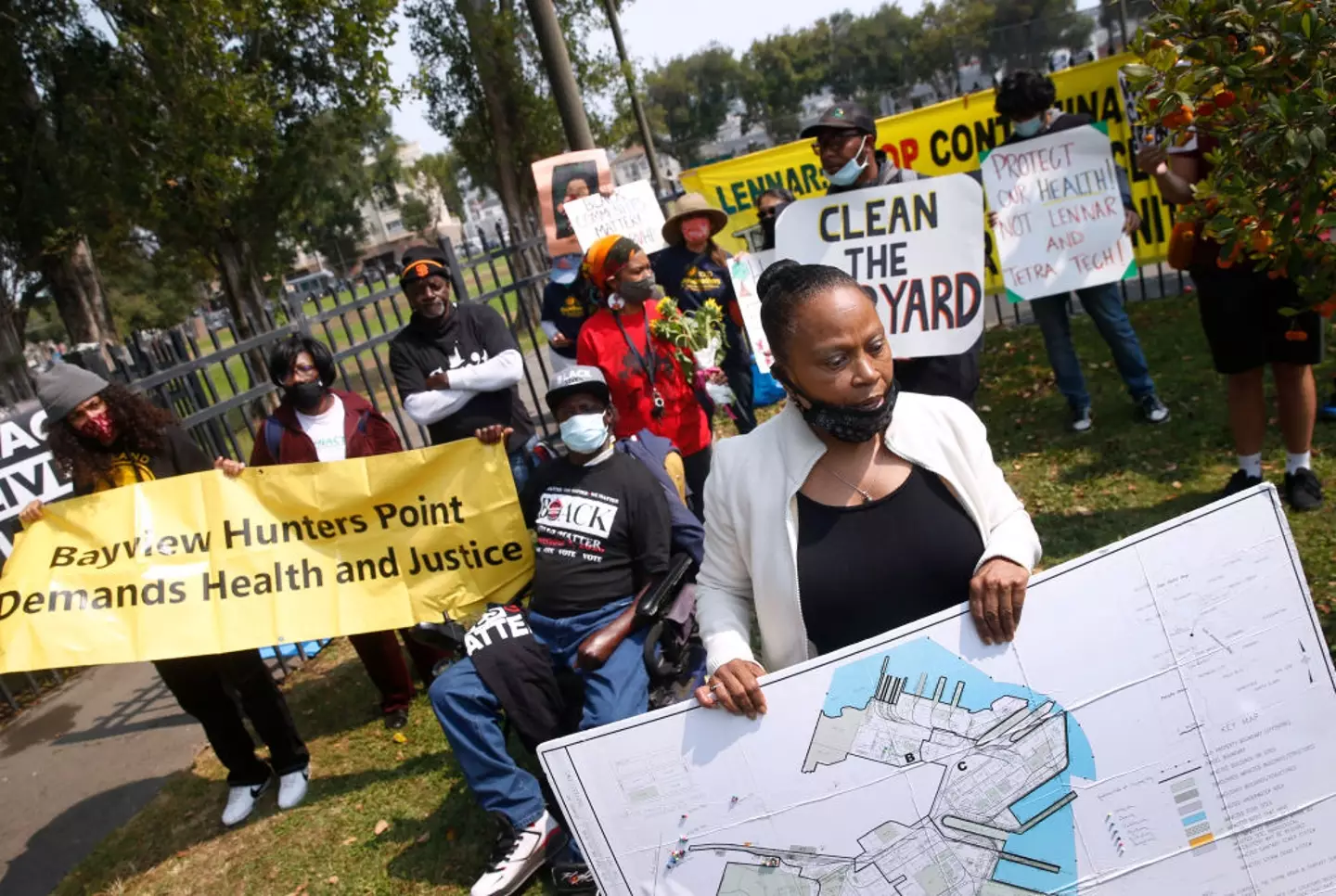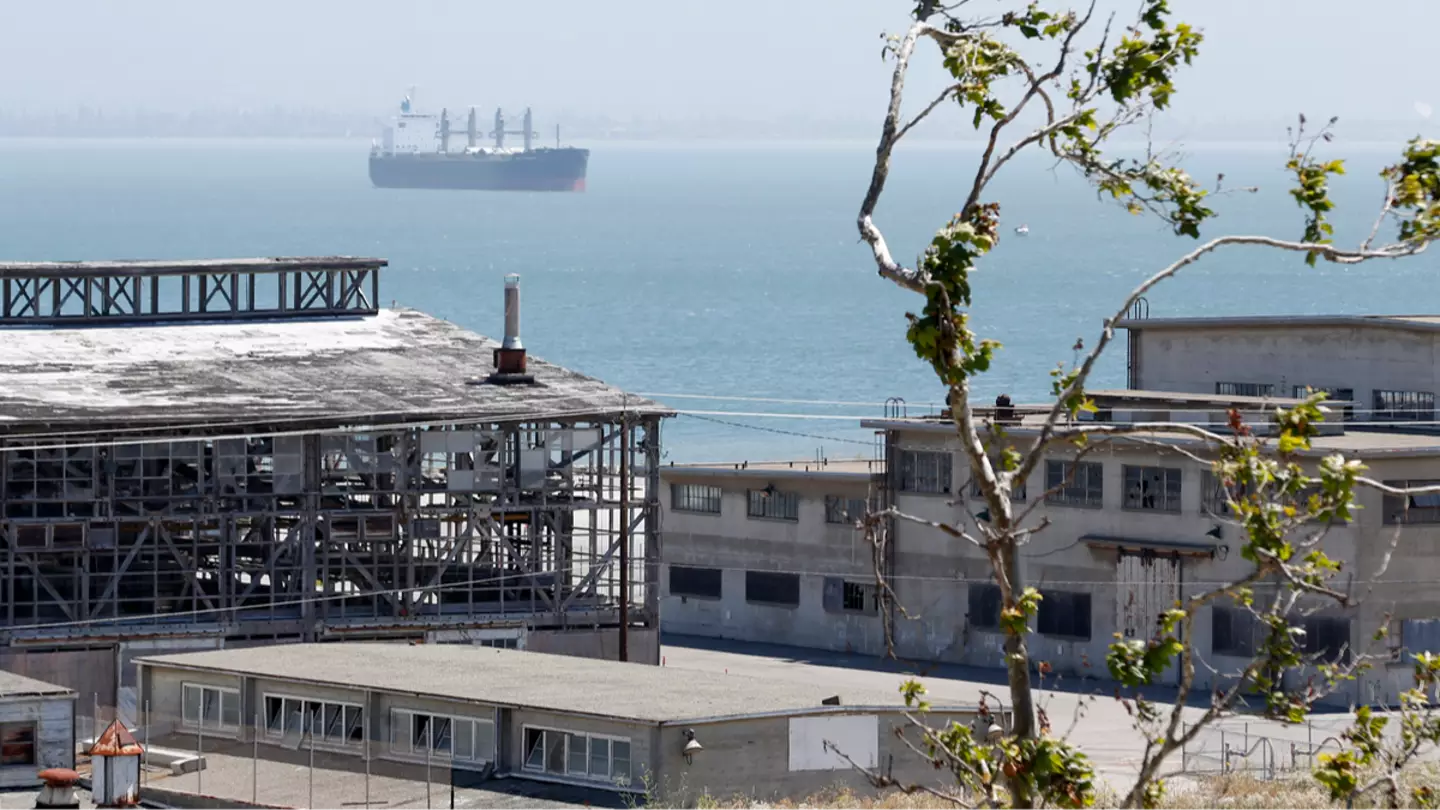A critical alert has been raised in a US state following the discovery of ‘dangerous’ radiation levels reported a year ago.
Plutonium-239, a primary component in nuclear weapons, was found at the former Hunters Point Naval Shipyard in San Francisco, California. Although residents were recently informed about the leak, the US Navy is accused of hiding the discovery.
The alarming news surfaced after reports indicated that the military allegedly delayed informing the public by 11 months regarding the detection of airborne plutonium-239 near a residential area.
When inhaled, airborne plutonium-239 can embed itself deep in the lungs or migrate to bones and the liver, continuously emitting harmful alpha radiation for many years. Long-term exposure can result in DNA damage and heightened cancer risks, especially lung cancer.

Additionally, it poses a toxic chemical threat akin to inhaling radioactive lead.
Recent notices in local community groups reveal that the Navy only informed the San Francisco Department of Public Health last month about the discovery made the previous November.
Residents and city officials have criticized the delay, labeling it ‘unacceptable’ and are now calling for accountability.
The radioactive material was found in Parcel C, an area adjacent to a hillside with condos and overlooking a public park frequently used by families.
Dr. Susan Philip, the health officer of San Francisco, has formally asked for all records related to the incident, including a year’s worth of air quality monitoring data.

“We share your deep concerns regarding the 11-month delay in communication from the Navy,” Philip communicated to residents in a community notice. “We demand nothing short of full transparency and prompt communication from our federal partners and regulatory agencies to ensure your safety.”
Hunters Point, an 866-acre area that once housed a US naval shipyard and radiological lab, has faced contamination issues for many years.
The site, used for decontaminating ships after atomic bomb tests from 1948 to 1960, left behind radioactive waste, heavy metals, and toxic fuels, marking it as one of America’s most contaminated Superfund sites since 1989.
The US Environmental Protection Agency (EPA) confirmed that the Navy discovered plutonium in one of two samples taken and is currently reviewing all data ‘to verify the finding’ and assess any potential risk to the public.

